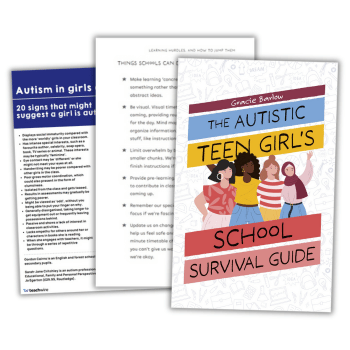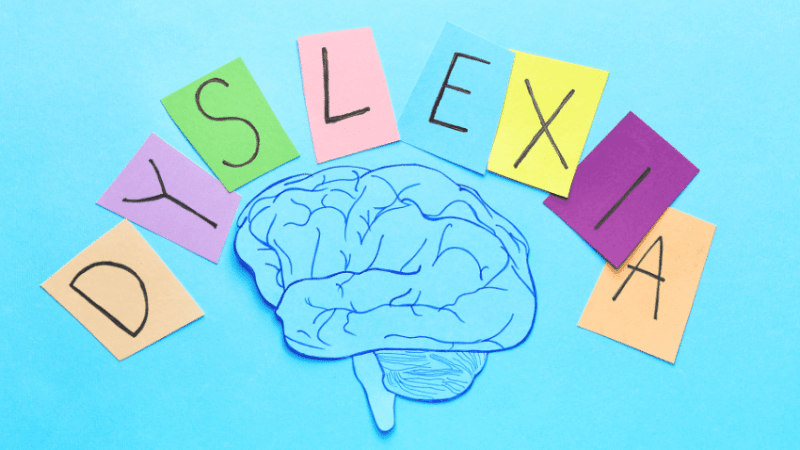SEND assessment – How to support pupils waiting for diagnosis

Three practical strategies can make sure children awaiting SEND assessment don’t fall through the cracks…
- by Cate Marsden and Rachel Berry
- Director of external partnerships and specialist SEND teacher Visit website

For a number of pupils, some of the difficulties they face in school could be the early signs of undiagnosed neurodiversity. So how can you support them as they await SEND assessment?
With SEND assessment waiting times for autism and other neurodevelopmental conditions now longer than ever, teachers need practical strategies they can use to support children in the meantime.
Our SEND experts at Woodbridge Academy Trust regularly share strategies that work – and help teachers identify those that don’t – to ensure all neurodiverse pupils can make progress in school.
There are five techniques we particularly rely on to support the learning and wellbeing of our pupils while they wait to be formally assessed.
Recognise and respond to masking
Children with communication, sensory or social-emotional needs often develop subtle ways to blend in, like staying quiet in lessons, mimicking others, or avoiding eye contact to help them cope with overwhelming situations. This behaviour, known as masking, can start early and be difficult to spot.
For some pupils, masking can also manifest as disruptive or challenging behaviour, particularly if they experience sensory overload. This can happen in a noisy, busy classroom, for instance, where a child might lash out, shut down, or become suddenly energetic as a way of coping.
Our team regularly helps teachers to identify the signs of masking and introduce healthy strategies to support their pupils. It can be useful to think of disruptive behaviour as a form of communication.
For example, ask yourself what the child might be trying to tell you by bouncing around the classroom instead of starting their story. Did something happen before? Did they fall out with the child sitting next to them? Or was the situation more of a distraction because it was their turn to contribute to a class discussion?
Having one trusted teacher or TA, can make it much easier to spot masking behaviours and create an inclusive classroom where all children feel able to engage in learning.
Restorative justice
Children with additional needs often benefit from time and support to process difficult experiences, such as arguments with friends, or to make sense of the consequences of their behaviour.
For example, if a child becomes angry or frustrated because they feel left out of a group task, try to incorporate activities that replicate the principles of restorative justice.
Encourage them to have a conversation about the situation, asking key questions such as:
- “What happened?”
- “Who was affected?”
- “How do you feel about it?”
- “What needs to happen next to put it right?”
This will help you get to the bottom of the situation and make it easier for the pupil to process it.
These prompts help children to become more self-aware, and develop empathy and a sense of responsibility for their actions. They also enable the child to reflect on what they might do differently next time. This kind of structured, supportive dialogue helps pupils navigate their way through what can be complex social challenges, while building their emotional literacy in a meaningful way.
Make use of visual communication aids
For pupils with communication delays or those who don’t yet have the necessary vocabulary to express how they feel or what they need, visual aids can make a huge difference.
We encourage teachers to use visual prompts, such as facial expression cards or coloured emotion charts, to give children with speech and language needs a way to share their thoughts and feelings without having to verbalise them.
For a pupil who describes a good day as a ‘birthday party day’ full of excitement and fun, an appropriate symbol might be balloons or a birthday cake. If a tough day feels like a ‘spilled paint day’ that’s messy and frustrating, then an image of a toppled paint pot could work well. The more personally meaningful the visuals, the more effectively children can use them to communicate how they feel.
Symbols are a great way to personalise techniques such as the zones of regulation, too, where emotions are grouped into four coloured zones.
- Blue represents low energy, tiredness, or sadness
- Green is calm and focused
- Yellow signals heightened emotions like anxiety or excitement
- Red is for extreme feelings like anger or panic.
The aim is to use colour to help children express themselves, but colour perception can be quite personal. If a child connects with blue as a happy colour, for example, the colours can be adjusted to match their experience, and symbols added to reinforce the connection.
Safe, seen and supported
Waiting for a SEND assessment can be challenging for schools, children and their families. These simple techniques will give you a few tools you can use to help your pupils feel safe, seen and supported. Whether or not they require an education, health and care plan (EHCP).
While you wait for SEND assessment…
Nearly one in five primary school pupils in England may have a special educational need, but do not yet have a formal diagnosis. The following resources can help you support children while they wait.
- DfE guidance and resources
- IPSEA (Independent Provider of Special Education Advice) documents
- NHS support options (this is based on services for NE London, but many of the links are national)
- EHCP guidance from Scope: tinyurl.com/tp-ScopeSEND
- EEF SEND guidance: tinyurl.com/tp-EEFsend
Rachel Berry is a specialist SEND teacher, and Cate Marsden is director of external partnerships, both at Woodbridge Trust.










